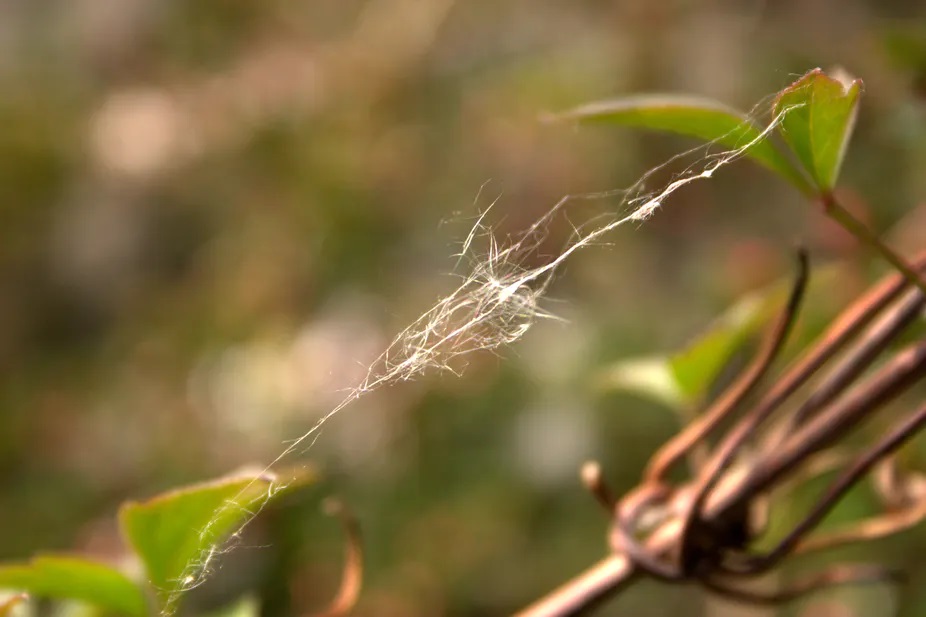

Spider silk exhibits a high resilience and can absorb three times as much energy as a synthetic fiber, such as Kevlar (material used in bullet-proof vests).
In ancient times, silks were also used to stop the bleeding for wounds and also as a delivery method for applying “antiseptic” agents, such as vinegar.
Spider silk is a protein, and proteins are formed inside of living cells. A process that happens at body temperature, unlike the manufacturing of steel, which happens in a furnace.
The magic of spider silk has everything to do with the transmission of information through DNA.
Human engineering is adept at using more energy to solve problems. Nature does it through the use of better information.
Also, proteins are made of abundant elements such as carbon, hydrogen, oxygen and nitrogen, and the only byproduct of the reaction that makes proteins is water.
So, natural materials such as spider silk can claim to be “environmentally friendly”, because they use less energy and abundant elements, making the processing superior to most engineering materials.
Spider silk, then, is stronger than steel on a per weight basis while being very environmentally friendly.
This may not have the same pithy ring to it as “spider silk is stronger than steel”, but it tells a much more dramatic story about why the mimicry of natural materials is a rapidly growing area of materials science and engineering.
Titilayo Kupoliyi